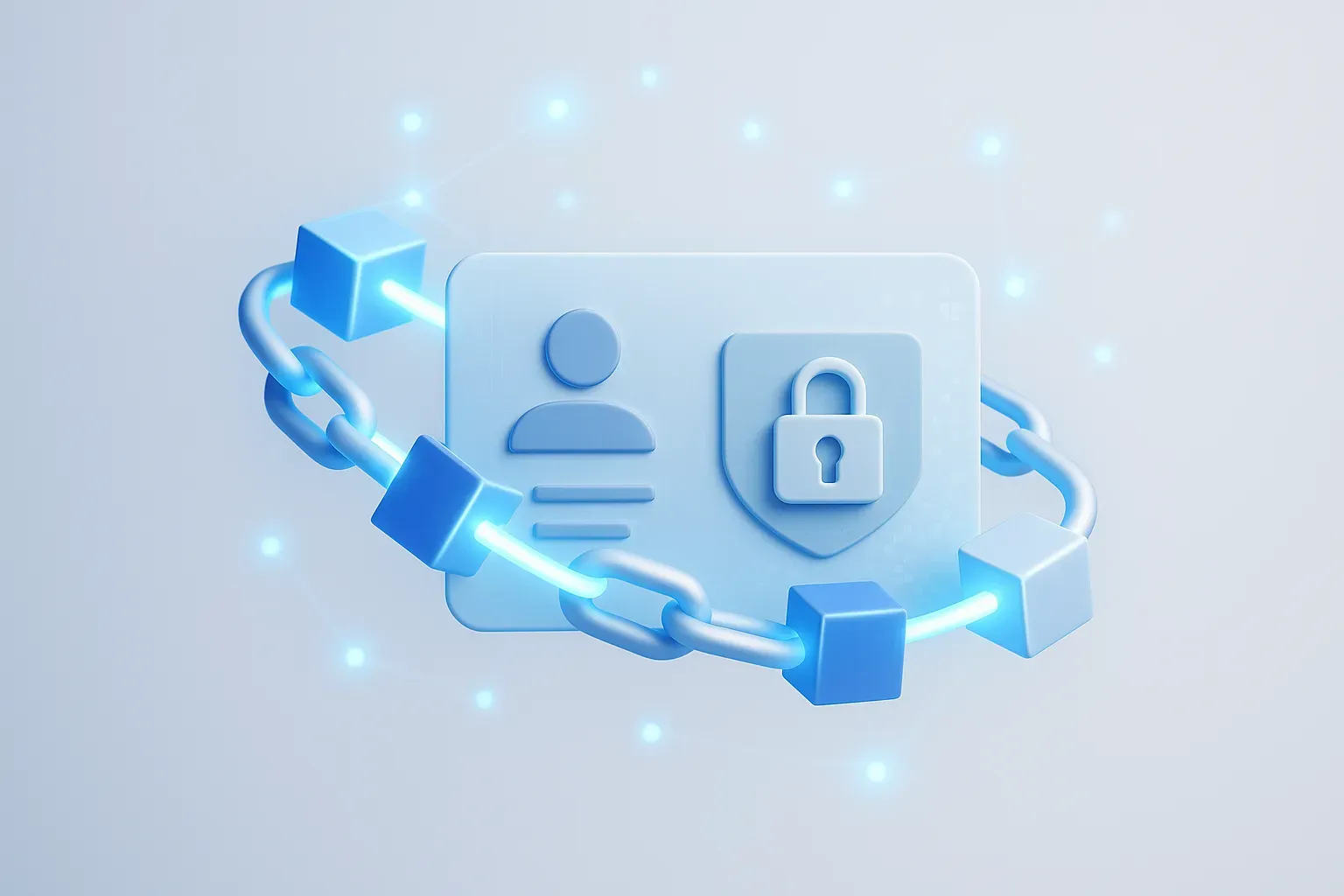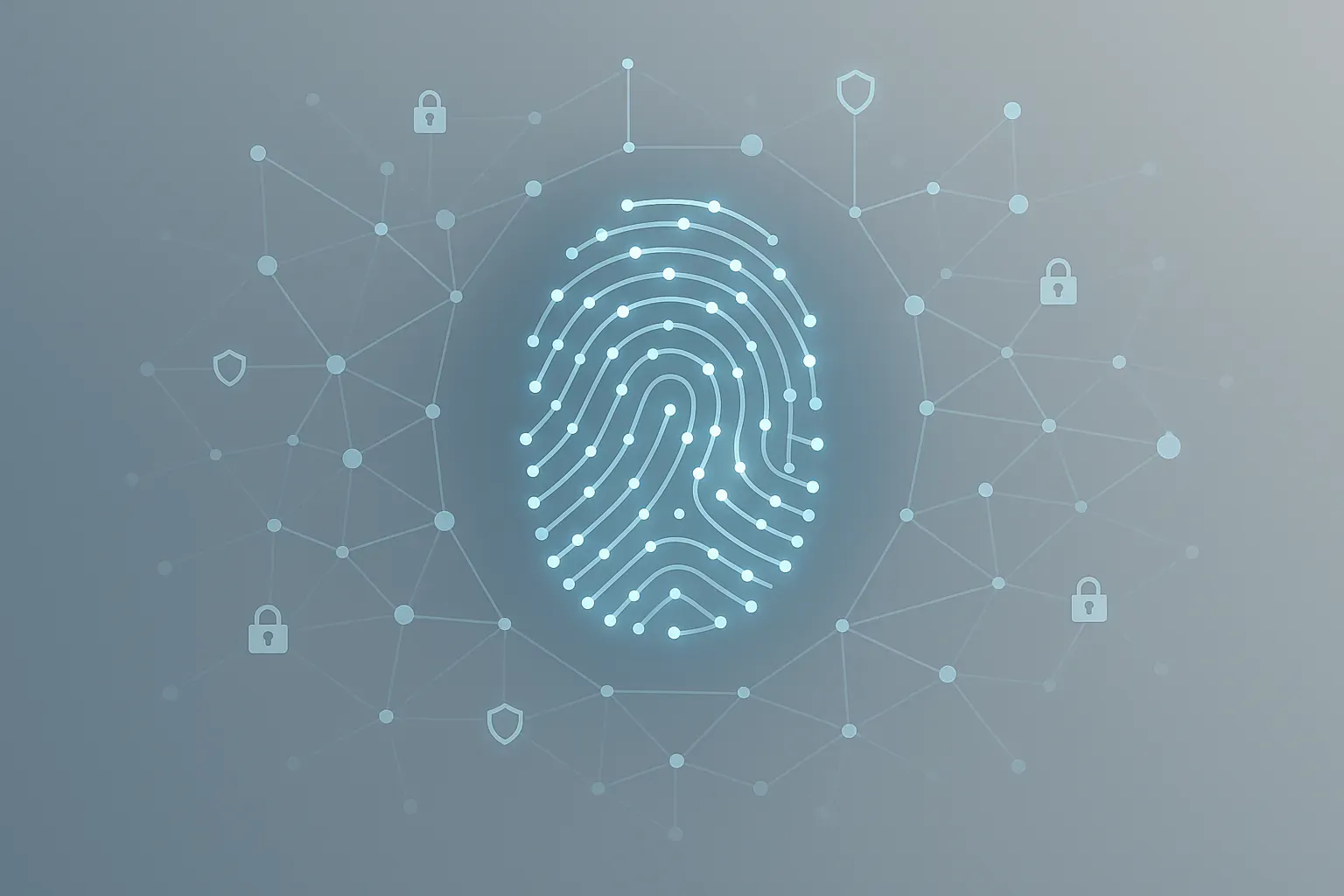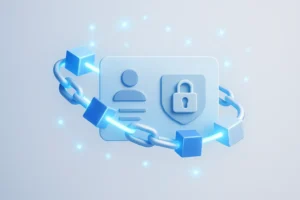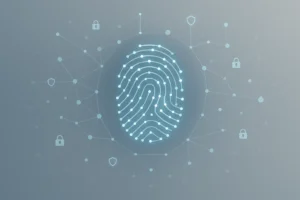In today’s fast-paced business world, effective communication and collaboration are crucial for small and medium enterprises (SMEs). This article explores a range of digital tools that can significantly improve how SMEs connect and work together. Drawing on insights from industry experts, we’ll examine practical solutions that have transformed workflows and boosted productivity across various organizations.
- Google Meet Enhances Cross-Department Collaboration
- Slack Transforms SME into Structured Digital Workspace
- Microsoft Teams Becomes Digital Nerve Center
- Custom Workflows Connect Teams Across Locations
- LinkedIn Groups Drive Internal Knowledge Sharing
- Slack Rule Promotes Open Communication
- Teams Channels Streamline Moving Company Operations
- Social Media-Like System Boosts Asynchronous Collaboration
- SEMrush Unifies Messaging Across Departments
Google Meet Enhances Cross-Department Collaboration
We implemented Google Meet and Chat as our internal communication system during our company-wide digital transformation, creating structured channels that significantly improved cross-department collaboration. Rather than using fragmented email chains, Google Chat provided dedicated spaces for specific projects and departments, ensuring relevant stakeholders stayed informed while maintaining searchable conversation history.
The most effective aspect was our “Digital Transformation Updates” Chat group, where we shared weekly progress videos through Google Meet recordings, training resources, and upcoming changes. This transparent approach helped reduce resistance by keeping everyone informed about transformation benefits and timeline. Team members could quickly join impromptu Meet sessions to discuss challenges, creating collaborative problem-solving opportunities that accelerated adoption across departments.
For client-facing communication, we exclusively used Zoom to provide a consistent, professional experience with advanced presentation features. This dual-platform approach balanced internal flexibility with client-facing consistency. For businesses undergoing digital transformation, thoughtfully separating internal and external communication tools creates clarity for both employees and clients. Focus on creating clear usage guidelines and ensuring proper integration between systems to maximize adoption and effectiveness.
 Aaron Whittaker
Aaron Whittaker
VP of Demand Generation & Marketing, Thrive Digital Marketing Agency
Slack Transforms SME into Structured Digital Workspace
During a digital transformation project in one of the SMEs I advised, we faced a familiar challenge: communication was scattered across emails, shared drives, and ad hoc video calls. Information was duplicated, decisions were delayed, and cross-functional work lacked visibility. To solve this, we introduced Slack—not just as a messaging tool, but as a structured digital workspace tied directly to how the business operated.
We created channels aligned with specific workflows: marketing campaigns, product launches, customer success cases. Then, we integrated tools like Google Drive for shared documents, Trello for project management, and simple bots that posted daily summaries and flagged overdue items. What made this powerful was not the tool itself, but the discipline around it. Every decision had a home, and every thread stayed within its functional context.
The shift had an immediate impact. Time-to-decision dropped. Internal updates no longer required meetings. More importantly, collaboration stopped being reactive and became intentional—team members from different departments began jumping in on each other’s threads with context-aware input.
One of the key learnings was that successful digital communication isn’t about adding platforms—it’s about reducing friction. The most effective tool is the one that disappears into your workflow, letting people focus on outcomes, not the mechanics of staying in sync. For us, Slack became that tool—not as a shiny trend, but as a backbone of operational clarity.
 Eugene Mischenko
Eugene Mischenko
President, E-Commerce & Digital Marketing Association
Microsoft Teams Becomes Digital Nerve Center
One of the biggest challenges during any digital transformation isn’t the technology. It’s the communication gaps it exposes.
When we were scaling transformation across regions and teams, traditional emails and meetings just weren’t enough. Information was getting lost, and alignment was slow.
We introduced Microsoft Teams as more than just a chat tool; it became our digital nerve center.
We created dedicated channels for each initiative, embedded dashboards for real-time visibility, and used built-in task tools to track accountability.
But the real impact came when leadership started using it actively. I made it a point to share quick updates, respond to queries directly, and celebrate team wins openly. It shifted the tone from top-down to collaborative.
The result? Faster feedback loops, better cross-team learning, and a stronger sense of ownership.
Digital tools alone don’t create transformation. But when you use them to bring people together, that’s when things start to move.
 Dr. Milan Kumar
Dr. Milan Kumar
Chief Information Officer (CIO) – Zf Commercial Vehicles (Cvs), ZF Group
Custom Workflows Connect Teams Across Locations
Digital transformation within our company wasn’t about adopting the flashiest tools; it was about finding the right fit for our specific workflow challenges. When our team grew to three locations, we were struggling with siloed departments, just like many of our clients. We implemented what we call a “Digital Hub Model” using Microsoft Teams with custom workflows that connected our creative teams directly with account managers and client services.
We sometimes tell our clients that the most effective internal collaboration tools aren’t always the most sophisticated ones because we’ve lived it ourselves. For our team, we created a simple system of project-based channels and automated status updates that reduced internal email by over 40% and shortened campaign development time by approximately 20%.
The real breakthrough came when we integrated our project management software with Teams, allowing client feedback to flow directly to designers and copywriters in real-time. This wasn’t just about technology adoption but about redesigning communication pathways to match how work actually happens. The most powerful moment was watching a campaign pivot get implemented in under two hours through direct communication that previously would have taken two days of back-and-forth emails and meetings.
 Jock Breitwieser
Jock Breitwieser
Digital Marketing Strategist, SocialSellinator
LinkedIn Groups Drive Internal Knowledge Sharing
Digital transformation wasn’t just about adopting new systems—it was about making communication more real-time and human. LinkedIn, typically used for external engagement, became a surprising catalyst for internal collaboration. We created private groups where trainers, regional leads, and content teams shared on-the-ground insights, quick feedback, and evolving client needs. That space became a living knowledge hub, helping us adapt faster and stay aligned across geographies.
What stood out most was how informal conversations drove formal outcomes. When people felt heard and informed, collaboration naturally improved. The insights shared in those groups often led to immediate tweaks in course delivery and even sparked new content ideas. It proved that digital transformation isn’t just about tools—it’s about how people connect through them.
 Arvind Rongala
Arvind Rongala
CEO, Invensis Learning
Slack Rule Promotes Open Communication
When we were pushing through digital transformation, Slack became our lifeline. Email just wasn’t cutting it anymore—too slow, too messy, and honestly, people were tired of long threads going nowhere.
We set up project channels, team channels, and even random small group chats. But the key was that we made it a rule—all updates, questions, decisions, everything had to happen out in the open, not in private DMs. It wasn’t perfect at first, but over time, people got into it. It made things faster and less confusing.
We also tied Slack into the tools we were already using, like Google Drive and Trello. That way, nobody had to bounce between a million apps just to find one file or update a board.
One thing we figured out pretty fast: the tool itself doesn’t fix communication. You have to build the habits. If you don’t, even the best setup turns into noise.
 Vikrant Bhalodia
Vikrant Bhalodia
Head of Marketing & People Ops, WeblineIndia
Teams Channels Streamline Moving Company Operations
Shifting from email to a customized Microsoft Teams environment completely transformed collaboration across our distributed moving operations.
After analyzing information bottlenecks in our organization, I discovered our teams were wasting over 12 hours weekly searching for critical information buried in disconnected email chains and siloed documents.
We restructured Teams into operation-specific channels with standardized information architecture—making critical documentation, process updates, and team communications instantly accessible from any location.
We created dedicated “move coordination” channels where field teams, customer service, and operations could collaborate in real-time on specific customer moves, eliminating the fragmented communication that previously caused service issues.
The most significant impact came from the transparency this created between traditionally disconnected departments. When our warehouse teams gained visibility into customer service conversations, they proactively addressed potential issues before they became problems.
Implementation required initial resistance management and consistent reinforcement, but within three months, email volume decreased by 64% while our customer satisfaction scores increased by 23%—proving that the right digital environment doesn’t just improve internal efficiency but directly enhances customer outcomes.
 Vidyadhar Garapati
Vidyadhar Garapati
CEO, Movers(dot)com
Social Media-Like System Boosts Asynchronous Collaboration
One of the most effective moves during a digital transformation was setting up a communication system that mimicked the feel of social media—familiar, fast, and easy to use.
Using a combination of Slack, Loom, Notion, and Zapier, the team shifted to short-form video updates, automated task tracking, and emoji-based voting for quick decisions.
This approach reduced unnecessary meetings and helped everyone stay aligned without constant check-ins.
Asynchronous communication became the default, which worked especially well across time zones.
The format encouraged more participation and made updates easier to digest.
The result? Faster decisions, fewer miscommunications, and smoother onboarding for new team members.
Communication started feeling natural instead of forced—and that made a huge difference in keeping collaboration strong throughout the entire transformation process.
 Murray Seaton
Murray Seaton
Founder and CEO of Hypervibe / Health & Fitness Entrepreneur, Hypervibe (Vibration Plates)
SEMrush Unifies Messaging Across Departments
Absolutely! I’ve actually had a chance to do this during a digital transformation project for an HR tech SME I worked with. One of the biggest challenges we faced was that communication—both internal and external—felt all over the place. Marketing, sales, and product were on slightly different pages, which made our messaging inconsistent and slowed down collaboration.
So, here’s what I did:
I leaned heavily on SEMrush to get things back on track—and not just for SEO. It became this central tool that helped guide our entire digital strategy.
First, I used SEMrush’s Keyword Magic Tool to dig into what our target audience—mostly HR professionals—were actively searching for. Think terms like “HR automation tools” or “engaging remote teams.” These keywords told me exactly what people were looking for during that transformation phase.
Then, using Position Tracking, I could see how we were performing compared to competitors—and where our content or messaging was falling short. That was a big “aha!” moment because it gave us real, data-backed insights to take to the leadership and align our messaging across teams.
Once we had that clarity, I rolled out a more focused content plan across LinkedIn, Instagram, and Facebook—tailoring the message to each platform based on what SEMrush told us was working. Internally, we used tools like Slack and Google Drive to collaborate faster—and even set up a workflow where content drafts were shared in Slack for immediate feedback from other teams.
SEMrush really helped cut through the noise. It wasn’t just about boosting our traffic—it helped unify our voice across channels and bring different departments onto the same page. That alignment made collaboration so much smoother.
And the result? We doubled our engagement on LinkedIn in just a few months, our content review cycles became faster, and the whole team was finally rowing in the same direction.
So yeah—SEMrush, combined with tools like Slack and Looker Studio, was a game-changer for both communication and collaboration during that transformation.
 Agnish Rawat
Agnish Rawat
SEO Specialist













